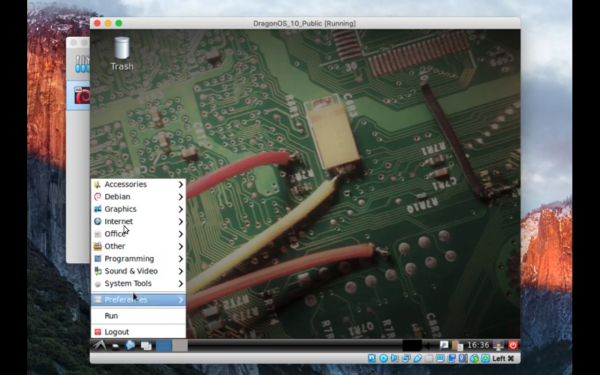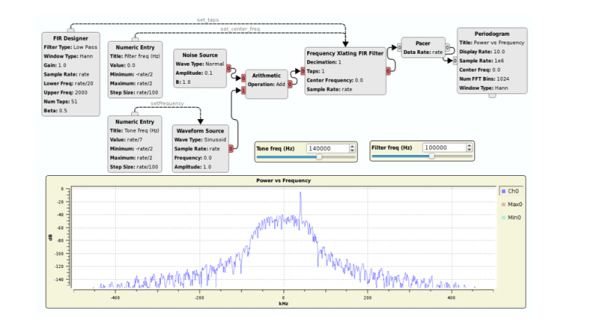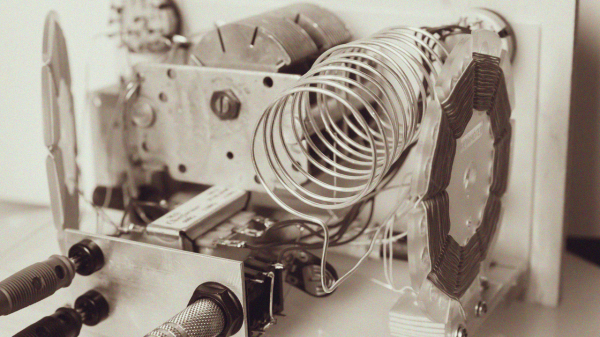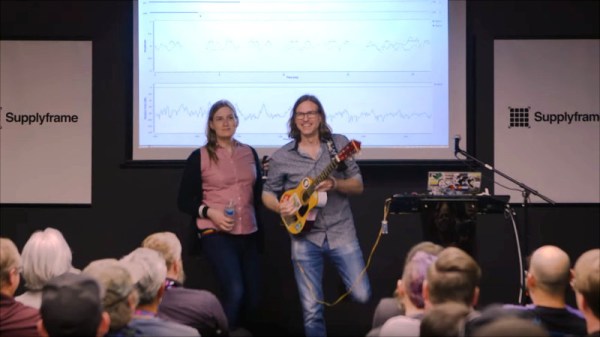There was a time when making a radio receiver involved significant work, much winding of coils, and tricky alignment of circuitry. The advent of Software Defined Radio (SDR) has moved a lot of this into the domain of software, but there is of course another field in which a radio can be created via code. [Alberto Garlassi] has created a radio receiver for the AM and HF bands with a Lattice MachXO2 FPGA and minimal external components.
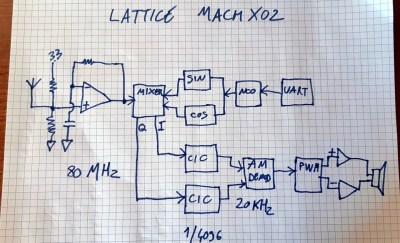 He describes it as an SDR, which given that it’s created from Verilog, is a term that could be applied to it. But instead of using an SDR topology of ADC and digital signal processing, it implements a surprisingly traditional direct conversion receiver.
He describes it as an SDR, which given that it’s created from Verilog, is a term that could be applied to it. But instead of using an SDR topology of ADC and digital signal processing, it implements a surprisingly traditional direct conversion receiver.
It has a quadrature AM demodulator which has a passing similarity to an SDR with I and Q phased signals, but that’s where the similarity ends. Frequency selection is via an oscillator controlled from a serial port, and there is even a PWM amplifier on board that can drive a speaker. The result can be seen in the video below, and as you can hear the direct conversion with quadrature demodulator approach makes for a very effective AM receiver.
If this is a little much but you still fancy a radio with minimal components, you should have a look at the Silicon Labs range of receiver chips.
Continue reading “An FPGA And A Few Components Can Make A Radio”

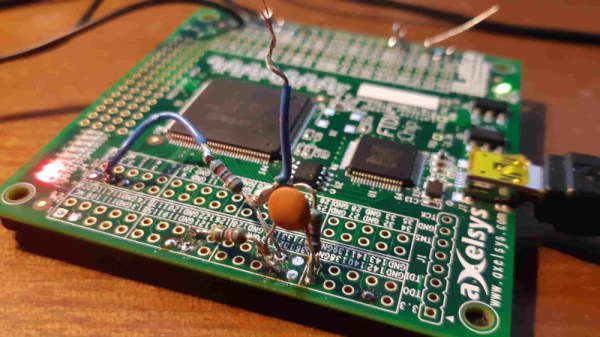
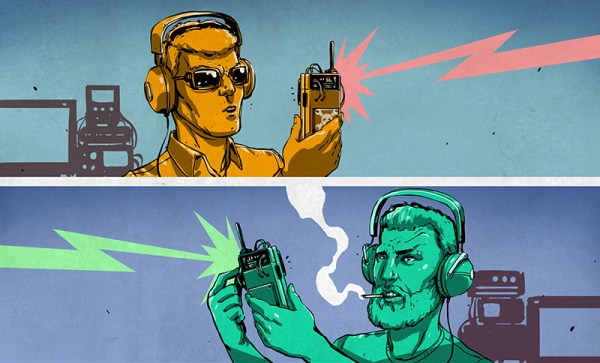
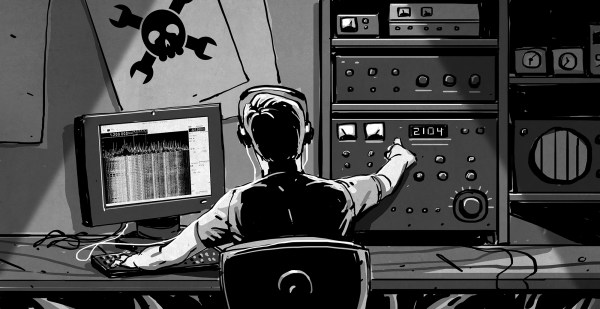
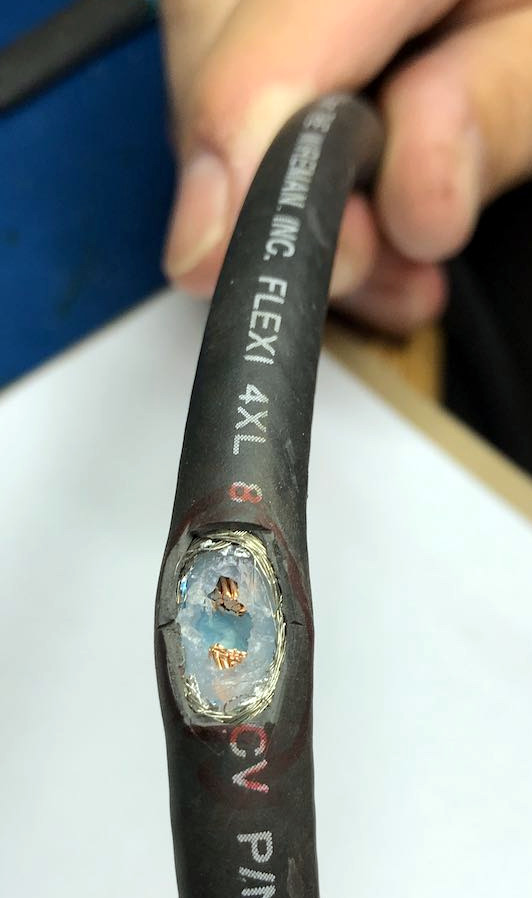 To be honest, pretty much any chunk of wire will do as an antenna for most shortwave receivers. But not everyone lives somewhere where it’s possible to string up a hundred meters of wire and get a good ground connection, which could make a passive loop antenna like this a good choice. Plus, loops tend to cancel the electrical noise that’s so part of life today, which can make it easier to pull in weak, distant stations.
To be honest, pretty much any chunk of wire will do as an antenna for most shortwave receivers. But not everyone lives somewhere where it’s possible to string up a hundred meters of wire and get a good ground connection, which could make a passive loop antenna like this a good choice. Plus, loops tend to cancel the electrical noise that’s so part of life today, which can make it easier to pull in weak, distant stations.